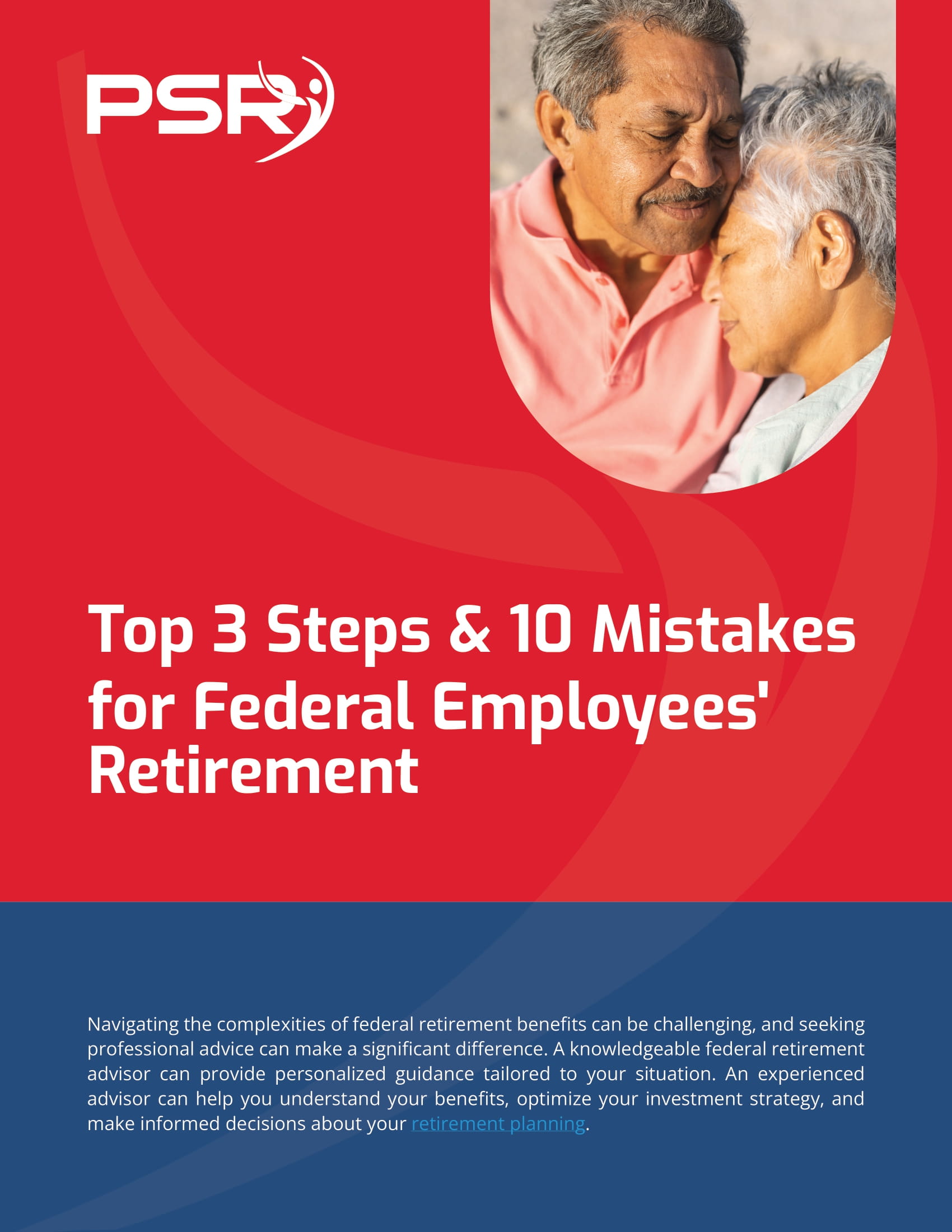Key Takeaways:
- Federal employee pay raises are influenced by various factors including economic conditions, budget proposals, and legislative decisions.
- Understanding these factors and their potential impacts can help federal employees anticipate changes in their pay for the coming year.
Federal Employee Pay Raise: What to Expect in the Coming Year
- Also Read: Divorce and Your Federal Pension—What Happens When You Split Assets and How It Could Affect Your TSP
- Also Read: What Happens to Your Federal Benefits After Divorce? Here’s the Lowdown
- Also Read: The Best FEHB Plans for 2025: Which One Fits Your Lifestyle and Budget the Best?
Economic Conditions and Inflation
Economic conditions play a crucial role in determining federal employee pay raises. Inflation rates, in particular, are a major consideration.
Impact of Inflation
Inflation affects the cost of living, and pay raises are often adjusted to help federal employees maintain their purchasing power. The Consumer Price Index (CPI), which measures changes in the price level of a market basket of consumer goods and services, is a critical indicator used to assess inflation.
- Recent Inflation Trends: Over the past year, inflation has been a significant concern, with the CPI showing substantial increases. As a result, federal pay raises are expected to be adjusted to reflect these inflationary pressures, helping employees cope with rising costs.
Economic Growth
Economic growth, measured by Gross Domestic Product (GDP) and other indicators, also influences federal pay raises. A growing economy can provide more flexibility for the government to increase employee compensation.
- GDP Growth Rates: Positive GDP growth rates suggest a healthier economy, potentially leading to higher pay raises for federal employees. Conversely, slow or negative growth can result in more conservative pay adjustments.
Budget Proposals and Legislative Decisions
Budget proposals and legislative decisions are pivotal in determining federal pay raises. Each year, the President submits a budget proposal to Congress, outlining priorities and funding levels, including pay raises for federal employees.
Presidential Budget Proposal
The President’s budget proposal sets the stage for negotiations on federal pay raises. It reflects the administration’s priorities and economic outlook.
- 2025 Budget Proposal: The proposed budget for 2025 is expected to include a recommendation for a federal pay raise. The administration has indicated support for a pay increase to keep up with inflation and recognize the essential services provided by federal employees.
Congressional Approval
Congress plays a crucial role in approving the final budget and any proposed pay raises. Lawmakers debate and modify the President’s proposal, considering various factors such as economic conditions, fiscal responsibility, and political priorities.
- Legislative Support: In recent years, there has been bipartisan support for modest pay increases for federal employees. However, the extent of the raise can vary based on the overall budget negotiations and economic conditions.
Geographic Pay Differentials
Geographic pay differentials, also known as locality pay, are adjustments made to federal salaries based on the cost of living in different regions. These adjustments are essential for ensuring fair compensation across various geographic locations.
Locality Pay Adjustments
Locality pay adjustments are designed to account for differences in living costs between regions. These adjustments ensure that federal employees in high-cost areas receive compensation that reflects the local economic conditions.
- Review Process: The Office of Personnel Management (OPM) reviews and adjusts locality pay rates annually. In 2025, certain regions with higher living costs may see more significant adjustments to their locality pay rates.
Comparison with Private Sector
Comparing federal employee pay with private sector compensation is an essential factor in determining pay raises. The goal is to ensure that federal salaries remain competitive to attract and retain talented individuals.
Pay Comparability
Federal salaries are often compared to similar positions in the private sector to ensure competitiveness.
- Salary Surveys: Surveys conducted by the Bureau of Labor Statistics (BLS) and other organizations provide data on private sector wages. These comparisons help inform decisions on federal pay raises to maintain parity with the private sector.
Recruitment and Retention
Competitive salaries are crucial for recruiting and retaining skilled employees in the federal workforce.
- Retention Challenges: Agencies facing retention challenges due to non-competitive salaries may advocate for higher pay raises to address these issues. Ensuring competitive pay helps retain experienced employees and reduces turnover costs.
Potential Pay Raise Scenarios
Given the various factors influencing federal pay raises, several potential scenarios could unfold in the coming year.
Modest Pay Raise
A modest pay raise scenario involves an increase that slightly outpaces inflation but remains fiscally conservative.
- Expected Increase: In this scenario, federal employees might see a pay raise in the range of 2-3%, reflecting the need to keep up with inflation while maintaining budgetary discipline.
Generous Pay Raise
A more generous pay raise scenario involves a significant increase aimed at addressing inflation, improving competitiveness, and acknowledging federal employees’ contributions.
- Expected Increase: In this scenario, federal employees could see a pay raise of 4-5% or more. This increase would help employees cope with higher living costs and make federal positions more attractive compared to the private sector.
Minimal or No Pay Raise
In a scenario where economic conditions worsen or budget constraints tighten, the pay raise might be minimal or nonexistent.
- Expected Increase: In this scenario, pay raises could be limited to 1% or even frozen, reflecting the need for fiscal austerity in challenging economic times.
Conclusion
Federal employee pay raises for the coming year will be influenced by a variety of factors, including economic conditions, budget proposals, legislative decisions, geographic pay differentials, and comparisons with the private sector. Understanding these factors can help federal employees anticipate changes in their pay and plan accordingly. While the exact pay raise for 2025 remains uncertain, staying informed about these developments will enable federal employees to make informed decisions and adjust their financial plans as needed.
Contact Information:
Email: [email protected]
Phone: 9143022300
Bio:
My name is Kevin Wirth and I have worked in the financial services industry for many years and I specialize in life insurance and retirement planning for individuals and small business owners, with a specialty in working with Federal Employees. I am also AHIP certified to work with individuals on their Medicare planning. You can contact me by e-mail or phone. I look forward to the opportunity of working with you on these most relevant areas of financial planning.
[email protected]
914-302-2300
Disclosure:
These articles are intended for educational purposes only. Please contact your advisors for legal, accounting or investment advice.













